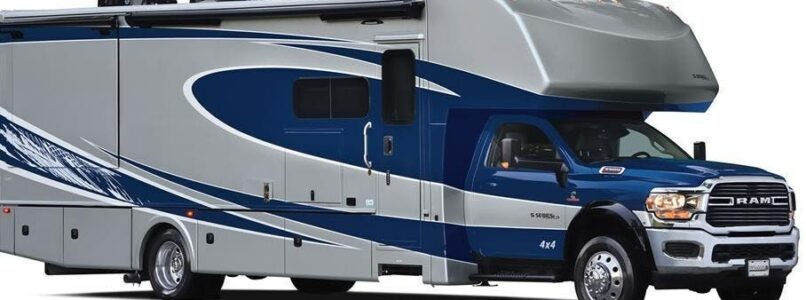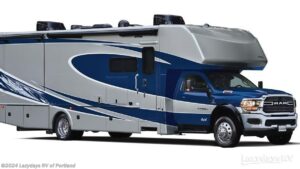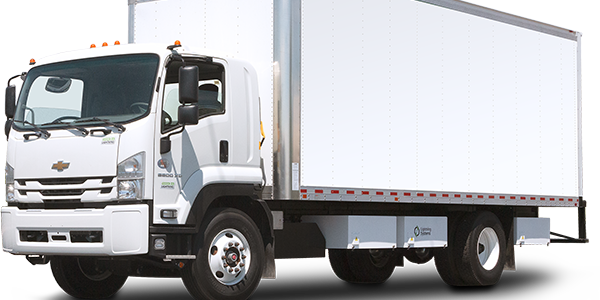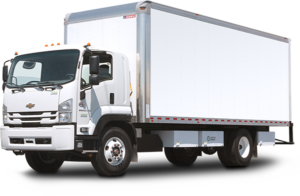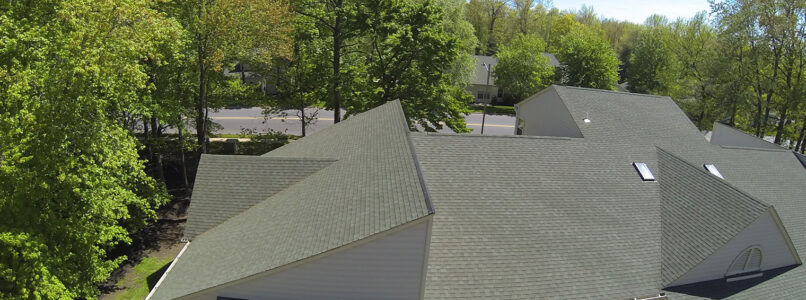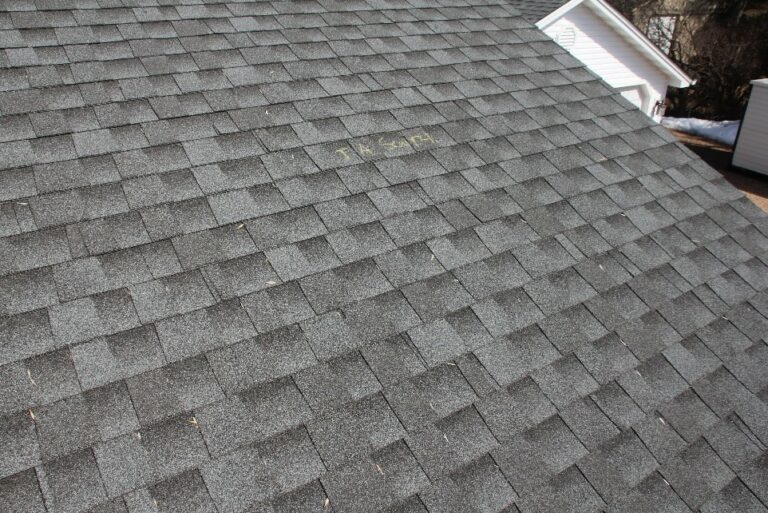Improperly Tightened Nut May Cause Electrical Arc
A loose nut can cause electrical arcing or overheating, increasing the risk of a fire.
NHTSA Campaign Number: 24V202000
Manufacturer Forest River, Inc.
Components ELECTRICAL SYSTEM
Potential Number of Units Affected 43
Summary
Forest River, Inc. (Forest River) is recalling certain 2023-2024 Dynamax Isata motorhomes. The nut on the backside of the main 12V disconnect may have been improperly tightened.
Remedy
Dealers will tighten the nut, free of charge. Owner notification letters are expected to be mailed April 24, 2024. Owners may contact Forest River Customer Service at 1-574-264-3474. Forest River’s number for this recall is 55-1751.
Notes
Owners may also contact the National Highway Traffic Safety Administration Vehicle Safety Hotline at 1-888-327-4236 (TTY 1-800-424-9153), or go to www.nhtsa.gov.

